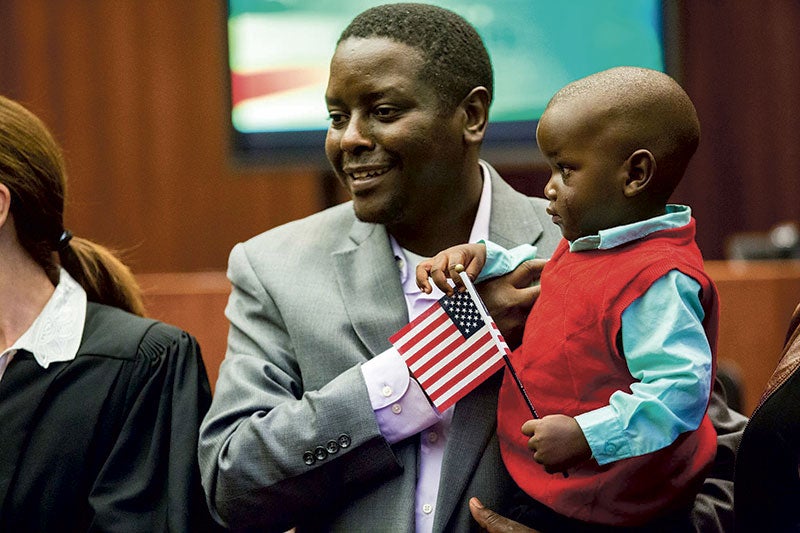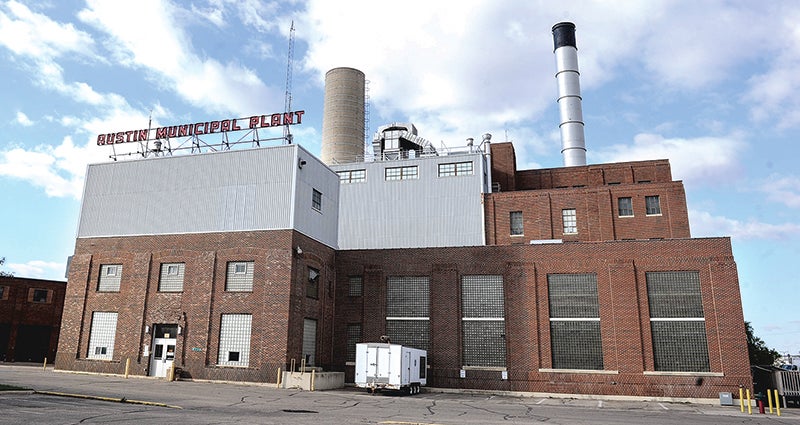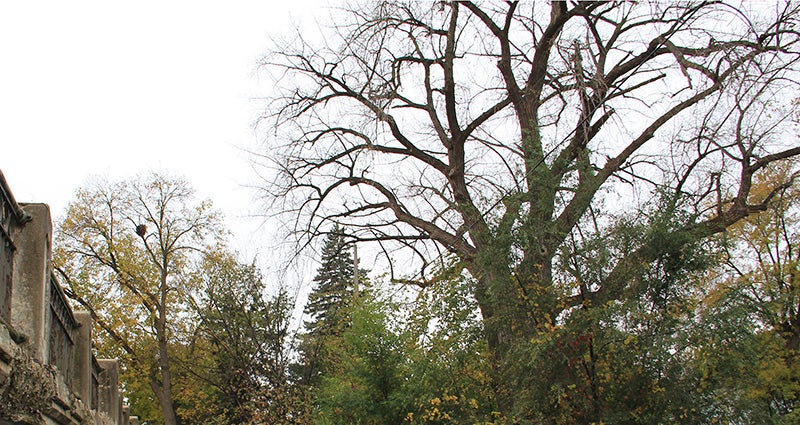MNDot expects to widen funding gap
Published 10:45 am Tuesday, November 10, 2015
The funding gap to provide Minnesota with an economically competitive transportation system over the next 20 years has widened almost $4 billion.
That’s according to Minnesota Department of Transportation projections released last week that concluded that the state will see a shortfall of $16.3 billion in funding for transportation needs from 2018 to 2037. That is an increase from the previous state highway investment plan that covered 2014 to 2033, which identified an unfunded gap at $12.5 billion, according to a news release.
“Our planning process is thorough and objective,” said MnDOT Commissioner Charlie Zelle. “It is clearly indicating that the growth in revenue will not meet what we need to spend to provide a competitive system by 2037.”
The plan was released just a few months prior to the start of a new legislative session next year. Legislators did not reach a compromise on a long-term transportation funding package last session, and many hope it will be a priority this session.
Zelle said the growth in the funding gap is because of a number of issues:
• Legislative inaction. Since the last state highway investment plan was released, there have been four years of legislative inaction on sustained transportation funding.
• An aging system. Half of the state’s highways are more than 50 years old and more than a third of all state bridges are also 50 or older.
• Exponential deterioration. The longer the state waits to make investments in transportation infrastructure improvements, the faster aging roads and bridges deteriorate.
• Inflation. The cost of materials and labor to fix the system have increased.
On Oct. 29, MnDOT officials spoke at a League of Minnesota Cities’ regional meeting held at the Holiday Inn Conference Center in Austin, and they said that without additional funding sources, MnDOT won’t be able to maintain state roads at their current levels.
“We need a long-term investment,” Assistant MnDOT Commissioner Sean Rahn said at the meeting. “One-time fixes, one-time dollars really don’t help as much as you think they would.”
Going into the 2015 legislative session, transportation was said to be a top issue, but gridlock with state Republicans and Democrats kept there from being any significant legislation to provide future highway funding.
Minnesota has the fifth largest road network in the U.S. at about 141,000 miles of roads to maintain, and without changes, Rahn noted the foreseeable future doesn’t look promising for roads and bridges.
“Without additional funding, it’s really going to be difficult to add some of those needed functional improvements along with the bridge projects,” Paulson said.
With uncertainty surrounding future state funding, the Mower County board has recently begun discussing a local options sales tax that could be used to fund roads. The board has instructed Public Works Director Mike Hanson to compile a list of projects it could complete through the tax.
The board briefly discussed transportation last week, but discussions on the pros and cons of a potential county sales tax won’t ramp up until Hanson competes the proposed project plan.
—Jason Schoonover contributed to this report





